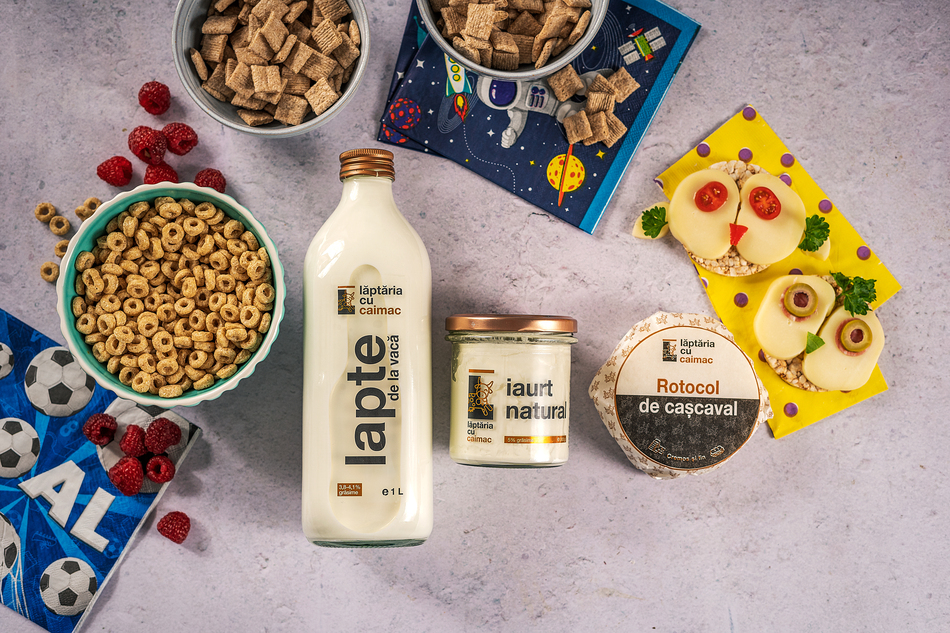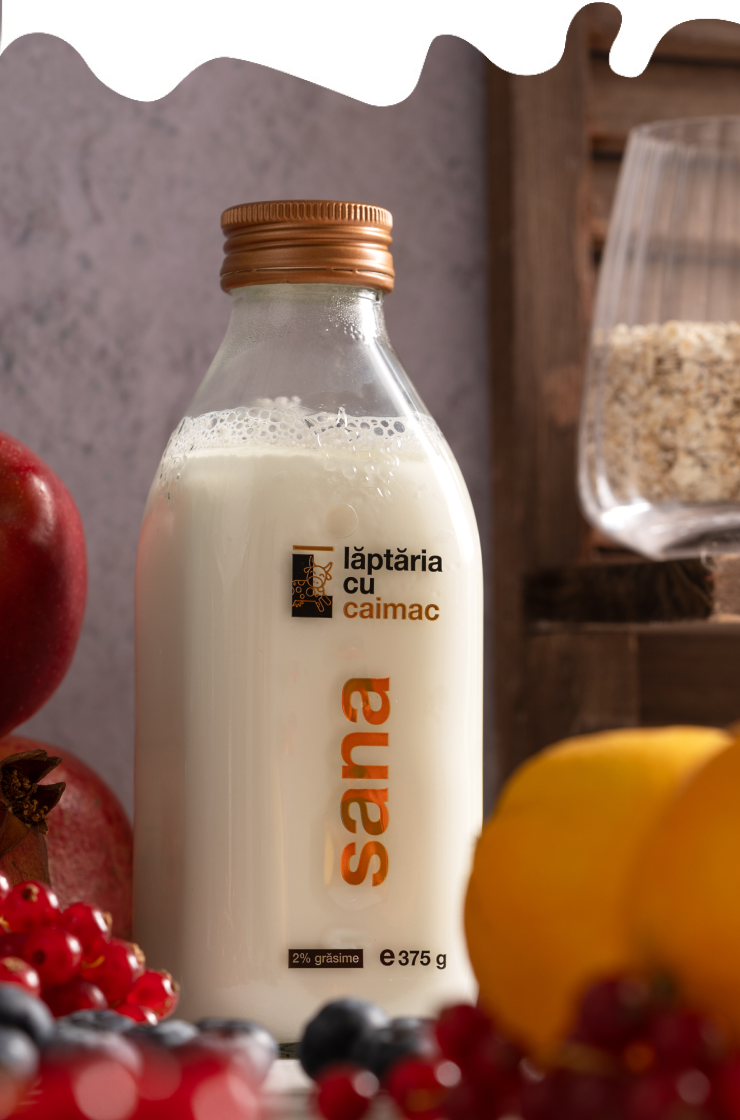Milk
Facts
What colour is the fridge? What does the cow drink? If you have answered “white” and then “milk”, you realize that it’s hard to grasp the truth about dairy products from the very beginning :). That is why we have prepared a small glossary, as well as answers to the most frequently-asked questions. If you have other questions, we will be happy to answer them, and as fast we can, via Facebook, e-mail or however you prefer.



The kaymak (the cream top) is the film, the layer of cream/fat occurring on the surface of boiled milk or yoghurt when left still for a while. The kaymak creates an airtight seal for the milk underneath and is an indicator/sign of whole milk. Metaphorically, the kaymak became in time a synonym for excellence, the very best of everything. “To take off the kaymak means to get the best part of something. We don’t take it off of our milk but leave it within, and offer it to you making sure that by this, the cow’s milk becomes a specialty milk. A special, tasteful milk, whose savour will get to you in whole, with all its cream and all its goodness.

As real milk experts, we created our dairy products “in our image and likeness”, so our dairy reflects its creators: skillful and responsible. 100% transparent when it comes to ingredients and processes, we do whatever it takes to surprise you with our unique recipes, fine and balanced taste. So that you know next time where to find the true specialists when you’re looking for lovely tastes, quality and vitality.

Whole milk is the milk as such, with all its natural fat content, being the closest to fresh, unprocessed milk, exactly as the cow gives it. Some people claim that skimmed dairy products are healthier. Others believe in whole milk dairy. We mostly believe in our own taste buds :). So, this is what you should do as well. Responsibly.

Invented by Louis Pasteur, this preservation process for food and especially liquid consists in heating them at a certain temperature, maintaining them at that temperature for a number of seconds – up to a few minutes, followed by sudden cooling, in order to destroy the pathogenic flora, thus preventing alteration. Pasteurisation is not the same thing with sterilisation. Different temperature-time combinations are used today for milk pasteurisation, depending on the milk’s pathogenic flora, the validity term and the preservation conditions that we aim to obtain, the type of milk (cow’s, sheep’s, goat’s etc.), packaging conditions, package etc. Just as the cow does not give standardised milk every day, so the pasteurisation process must continually adjust to milk parameters. We prefer to process our dairy products at a lower temperature for the shortest time possible, thus keeping all its natural nutrients. This makes our cow’s milk really nourishing and safe for consumption, but with a short shelf life. Because one can’t have it all. However, as the factory is right next to our farm, our dairy products get to you as fast as possible. And we believe that once you’ve tasted them, they won’t stay too long in your fridge either!
Lactose and the process of lactase hydrolysis
What is lactose?
Lactose is a disaccharide naturally found in mammalian milk, consisting of one glucose molecule and one galactose molecule. In the nutritional list of dairy products, lactose falls under the category of “carbohydrates” or “sugars.”
What is lactase hydrolysis?
Lactase hydrolysis is a process in which lactose molecules are broken down into glucose and galactose, allowing people with lactose intolerance to enjoy dairy products. This change does not affect the overall sugar content but creates an excess of galactose, which makes lactose-free products unsuitable for individuals with galactosemia.
In terms of taste, lactose-free products may appear sweeter than regular ones, even though there is no actual difference in the sugar content.

Whole
answers
Which one is healthier, whole or skimmed milk?
Some people claim that skimmed dairy products are healthier. Others favour whole milk, proving that one cannot analyse the role of groceries based on a single characteristic, but rather as a whole. While others simply admit that we still have a lot of research to do before becoming so radical. We mostly believe in our own taste buds 🙂. So, we advise you to follow yours in everything, responsibly.
Sometimes, cow’s milk has more fat, sometimes it has less. Is it alright?
At Lăptăria cu Caimac, we believe, among other things, that the best milk is as the cow gives it, as long as we take good care and feed it properly and we make sure that the milk is safe and clean. Variations in milk fat are triggered by natural factors such as the cows’ diet and their level of hydration. However, we guarantee that the fat content will always vary between 3.8 and 4.1%. And that it gives cow’s milk a really good taste, like the one you remember when being a child.

